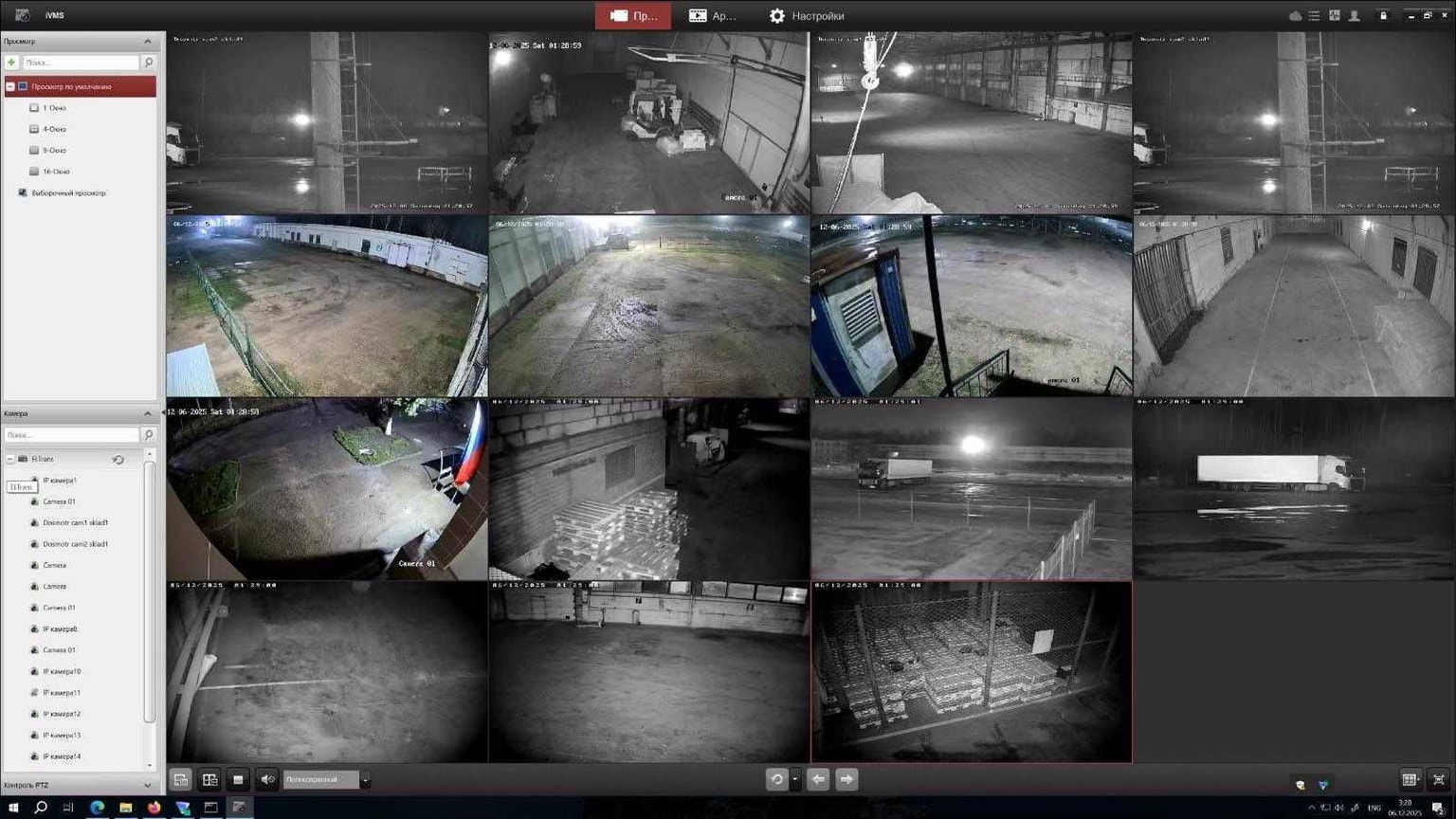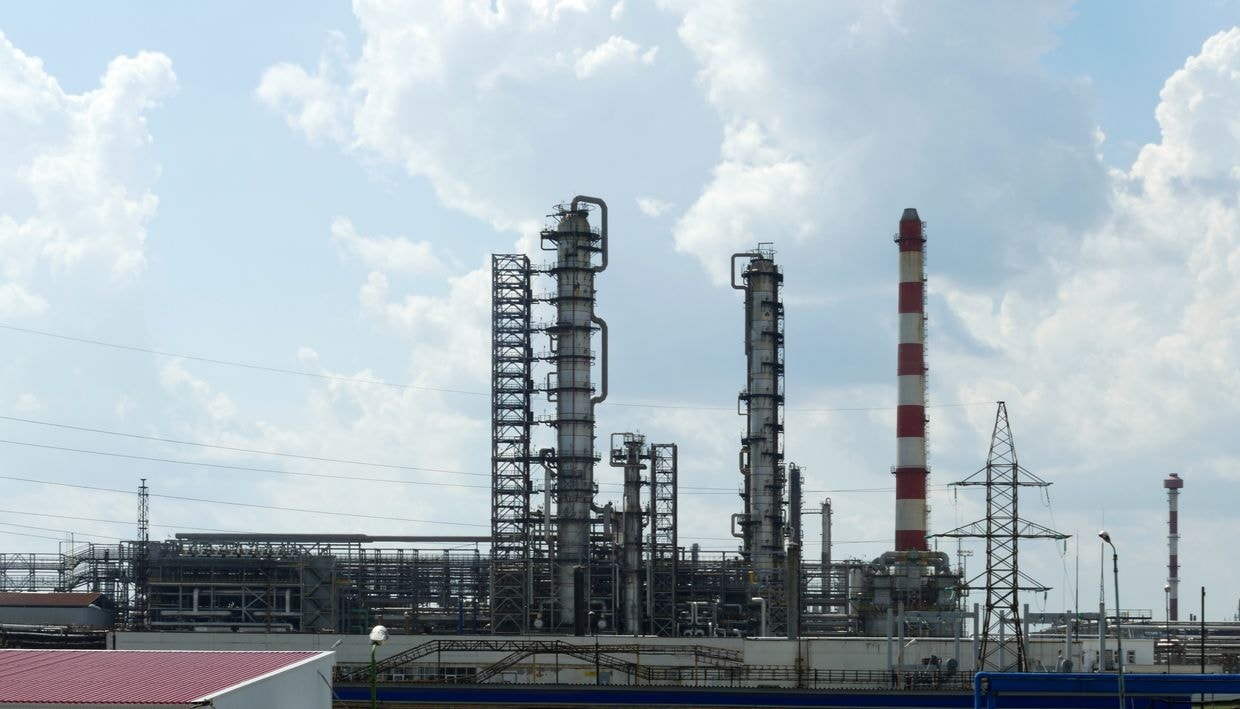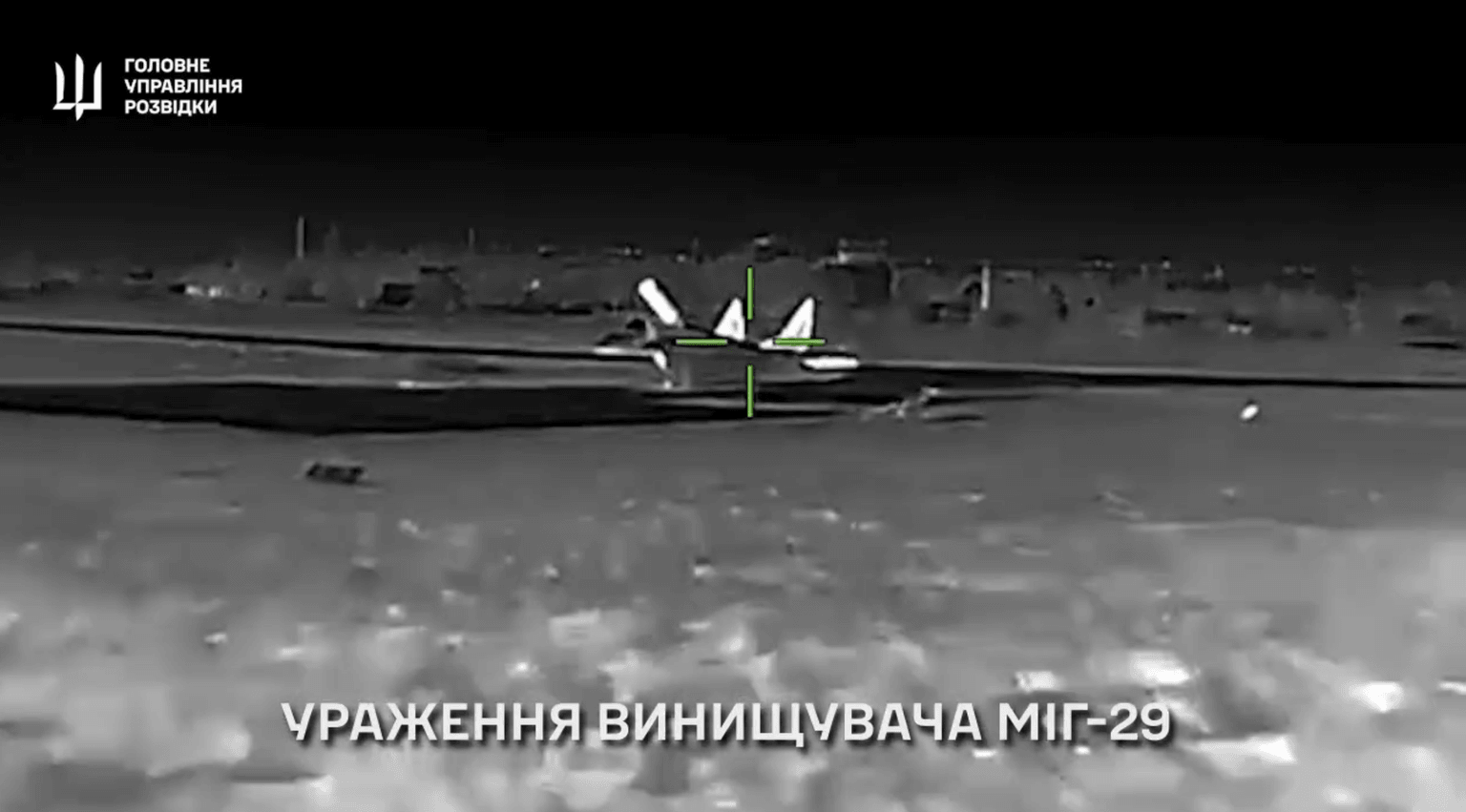Ukraine confirms use of US-made ATACMS on Russia after months of Pentagon restrictions

Ukraine’s General Staff said on Nov. 18 it had used US-made ATACMS against military targets in Russia, after months in which a Pentagon review process effectively blocked such strikes.
The confirmation comes after months in which a U.S. Defense Department review process gave Defense Secretary Pete Hegseth authority to block Ukraine’s long-range strikes inside Russia with American missiles, effectively preventing the use of ATACMS against targets in Russia since late spring, The Wall Street Journal reported on Aug. 23.
U.S. President Donald Trump on Aug. 21 said that Ukraine had "no chance of winning" if not permitted to attack Russia and criticized former U.S. President Joe Biden for not letting Kyiv "fight back, only defend."
While this is the first ATACMS strike confirmed by the General Staff, it was widely reported that Ukaine first used ATACMS on Russian territory for the first time on Nov. 19, 2024, striking a Russian arsenal in Karachev, a town in western Russia.
Ukraine's General Staff said the Nov. 18 strike was "a significant development that underscores Ukraine’s unwavering commitment to its sovereignty."
"Despite the ongoing pressure of Russian offensive actions, Ukrainians remain resilient, demonstrating determination and consistent resolve in defending their homeland. The use of long-range strike capabilities, including systems such as ATACMS, will continue," it said in a statement.
Further details of the attack were not provided at the time of publication.
Ukrainian Telegram channel Exilenova+ said that Russia's Voronezh residents reported hearing explosions and air defense due to a missile attack on the city.
ATACMS are U.S.-supplied ballistic missiles that can fly up to 300 kilometers (186 miles). Former U.S. President Joe Biden eased restrictions on Ukraine's use of ATACMS in November 2024, allowing Kyiv to launch them against military targets in Russia.
Ukraine first received shorter-range versions of ATACMS in the fall of 2023. In the spring of 2024, the U.S. began supplying upgraded models. At the time, Kyiv was only permitted to deploy these missiles against targets in occupied Ukrainian territory.









